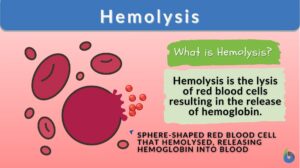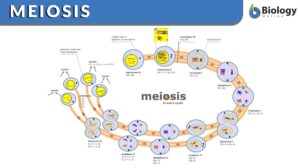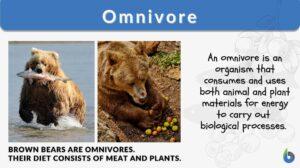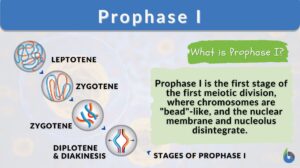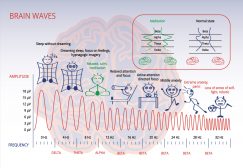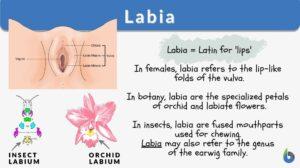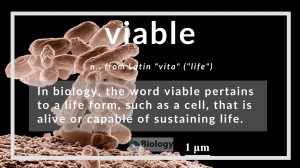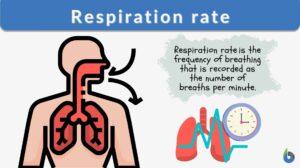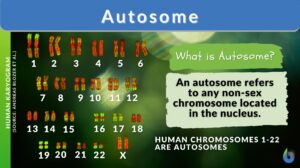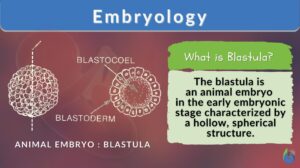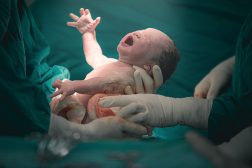Search Results for: newborn
Erythroblastosis fetalis
Definition noun A medical condition in the fetus or newborn in which many erythroblasts are released in fetal blood from the... Read More
Physical Development in Humans
The Newly Born Child Depending on the nutrients available to the child within pregnancy and the genetic makeup of the... Read More
Natural passive immunity
Definition noun A passive immunity acquired by the fetus or newborn from the mother via the placental transfer of antibodies... Read More
Naturally acquired passive immunity
Definition noun A passive immunity that is acquired by the fetus or newborn through its mother, and typically lasts the... Read More
Phospholipid
What is a phospholipid? Phospholipids are a subgroup of lipids. Other major types of lipids are fatty acids, sphingolipids,... Read More
Eponychium
The eponychium is the layer present underneath the proximal nail fold that produces cuticles on the nail.... Read More
Environmental resistance
Environmental Resistance Definition Environmental resistance is such a process in which certain different elements or... Read More
Osseous tissue
What Is Bone Or Osseous Tissue? Osseous tissue is the structure providing, hard and mineralized connective tissues. Osseous... Read More
Prophase I
Organisms all use mitosis to create more cells in the body. Meiosis, a similar process, is used in some organisms to undergo... Read More
Metatherian mammal
Definition noun, plural: metatherian mammals Any from the group of mammals possessing choriovitelline type of placenta (as... Read More
Bacteroides caccae
Definition Noun A gram-negative non spore-forming anaerobic and rod-shaped bacterium involved in inflammatory bowel diseases... Read More
Areolar gland
Definition noun, plural: areolar glands Any of the sebaceous glands in the areola surrounding the nipple Supplement Areolar... Read More
Sleep and Dreams – Neurology
The Falling Asleep Process During the day when we are awake, our body and brain are working tirelessly to operate our body,... Read More
Theory of Neuroscience
Nezih OKTAR Journal of Neurological Sciences (Turkish) 2006, Volume 23, Number 3, Page(s) 155-158. An Open Access... Read More
Imprinting
What does imprinting mean? Have you watched the TV cartoon show “Tom and Jerry” with an episode of a duck and its... Read More
Runt disease
runt disease A graft versus host reaction in mice first observed following intravenous injection of allogeneic spleen cells... Read More
Desiccation
Desiccation definition Desiccation refers to the state, the act, or the process of removing or extracting water content... Read More
Respiration rate
Respiration Rate Definition Respiration rate is a vital life process that expresses the breathing rate in an organism... Read More
Age groups
Age groups persons classified by age from birth (infant, newborn) to octagenarians and older (aged, 80 and... Read More
Lactosuria
Lactosuria excretion of lactose (milk sugar) in the urine; a common finding during pregnancy and lactation, and in the... Read More
Birth of a Human Baby
Continued from the previous tutorials, Fertilization and Fetal Growth and Development. The baby soon outgrows the energy... Read More

